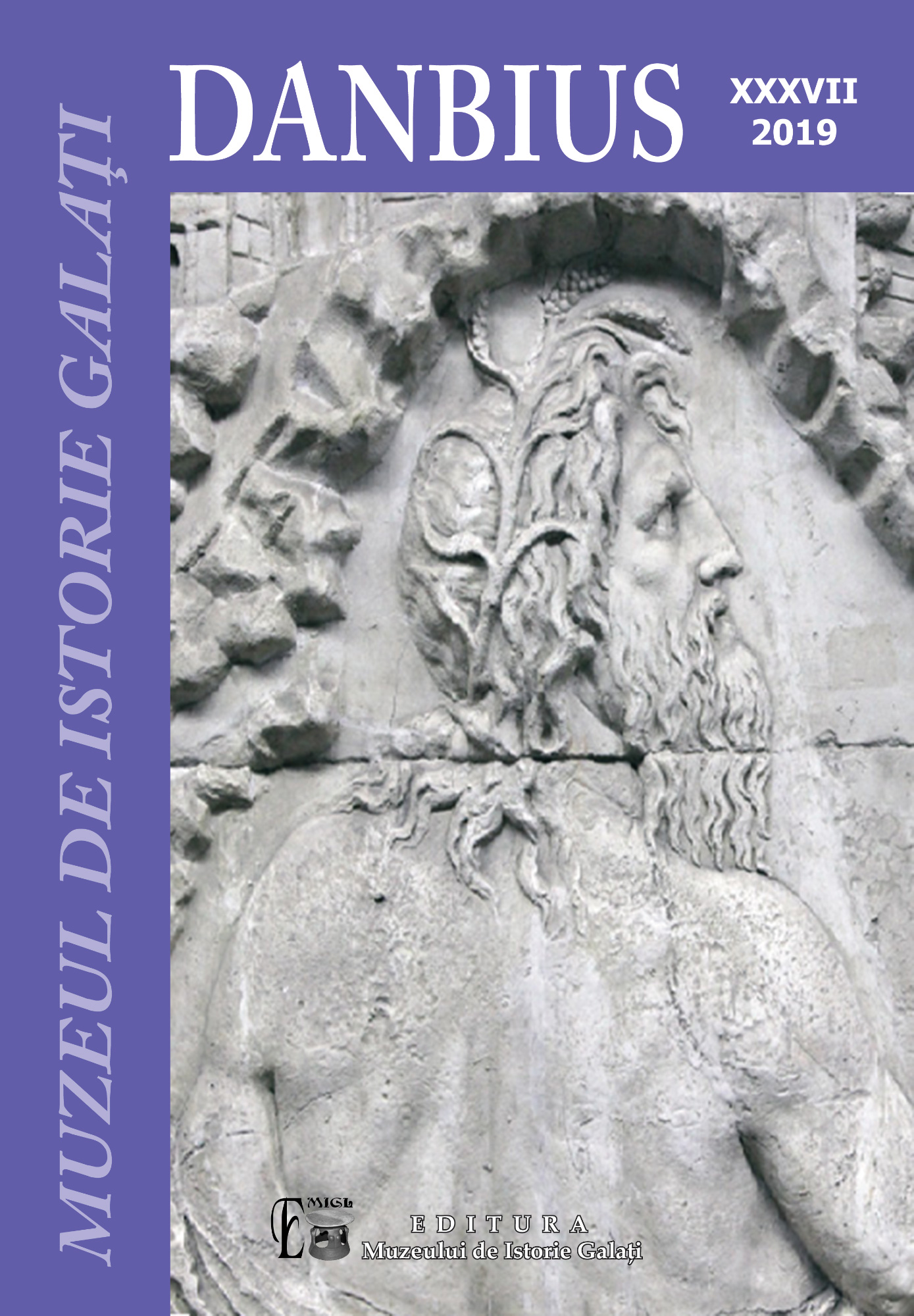Jocul pulsatoriu al realității. Ocultare și redescoperire de Sine în Mandukya și Kaivalya-upanisad
The Pulsatory Play of Reality. Bewilderment and Self-rediscovery in Māndūkya and Kaivalya-Upanisad
Author(s): Ovidiu Cristian NeduSubject(s): Theology and Religion, History of Religion
Published by: Muzeul de Istorie „Paul Păltănea” Galaţi
Keywords: Indian religion; Brahmanism; Mandukya-Upanisad; Kaivalya-Upanisad; emanation; liberation; Indian philosophy of language; Aum; Theism; Phenomenology;
Summary/Abstract: For Advaita Vedānta, the classical philosophy of Brahmanism, both bondage, human drama and liberation, religious practice, are not conditions or processes undergone by some alleged ”human beings” but rather conditions, phenomena incurred to reality itself, to the absolute. A human is not a ”being” but an experience of self-allienation undergone by the ultimate reality. The various human conditions are exposed as ”shields” that cover and bewilder the absolute reality. Consequently, liberation is nothing else but the dissolution of this obstructing illusion of individuality, its reabsorption into the non-differentiated reality.-Upaniad, one of the most important Upaniads, offers the classical formulation of the doctrine regarding the four states of reality, three of them altered (deep sleep, dream and wakefulness), while the fourth one is the pure absolute condition. The author of the text adopted the linguistic realism of the Vedic tradition, which claimed that the structure of the Cosmic manifestation reproduces the linguistic patterns. This outlook allows an analogy between reality and its main states, on one hand, and the word ”Aum” (the ”name” of the absolute reality) and its composing letters, on the other hand. Kaivalya-Upaniad is a late text, with quite a heterogeneous content; nevertheless, it mainly deals with the ultimate condition (herein named as ”kaivalya” – ”unicity”, ”only-ness”), with the processes through which it alienates from itself in the various kinds of human experience and with the means through which it returns to its primordial liberated condition. Throughout the discussion, the text sometimes avails of several theistic symbols, frequently encountered in the Upaniads, and also of some elements of popular or Tantric religiousity, such as sacred formulae, devotional practices, pilgrimages.
Journal: Danubius
- Issue Year: XXXVII/2019
- Issue No: 1
- Page Range: 331-380
- Page Count: 50
- Language: Romanian

